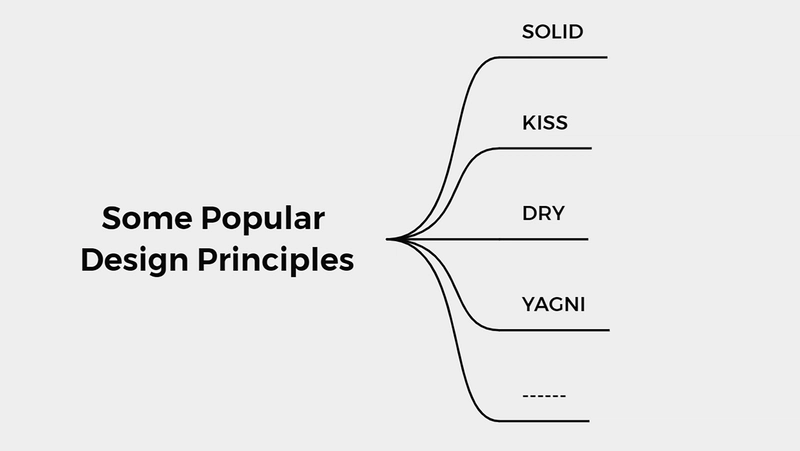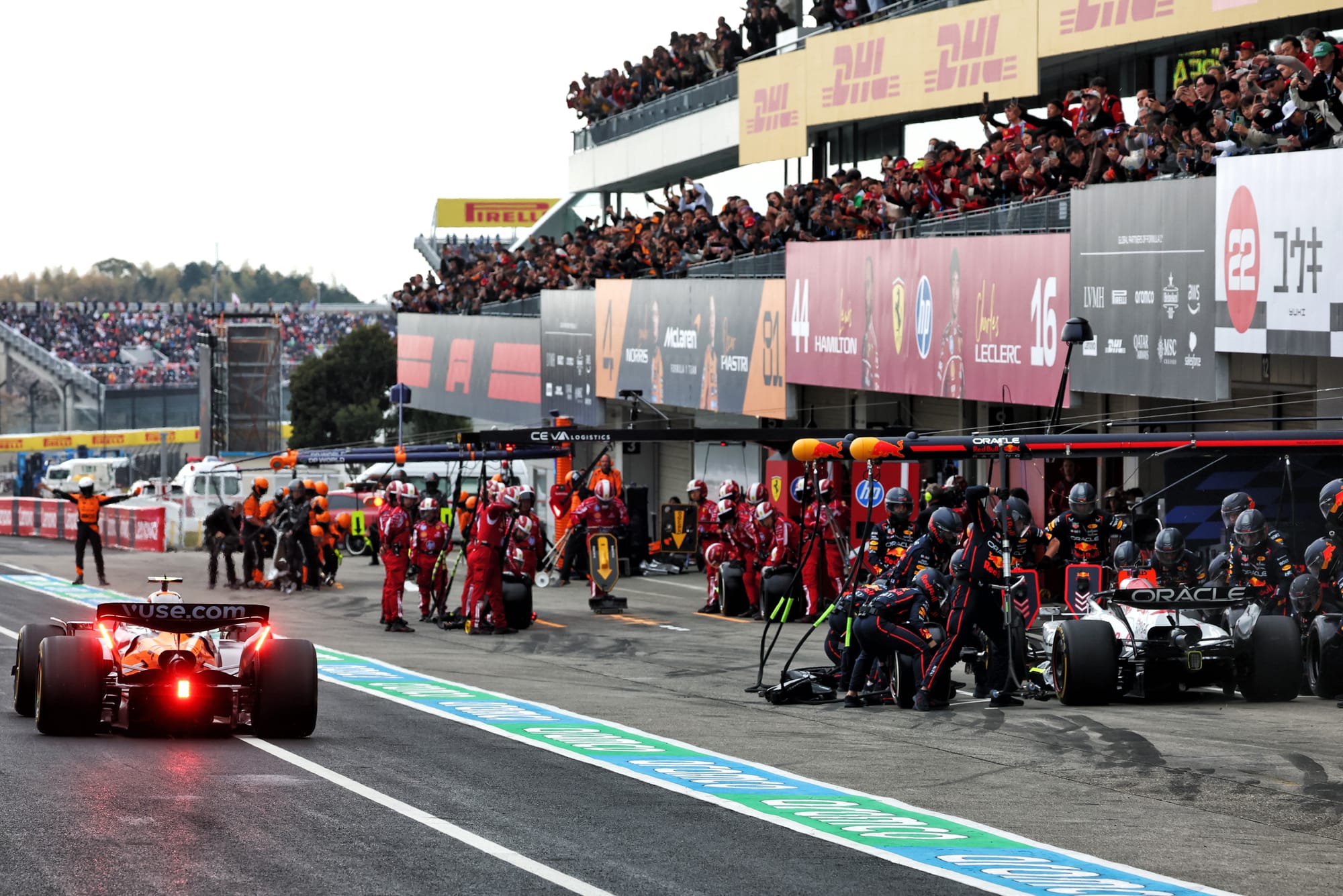Trump is using weapons that liberals helped build
We’ve created a sprawling security apparatus with minimal checks, fuzzy oversight and a narrative of exception-making that runs wide and deep.

There’s a well-known finding in psychology called the “weapons effect.” It describes how the mere presence of a weapon increases the likelihood that it will be used — not just by hardened criminals or soldiers in combat but by anyone, in ordinary settings, even and especially in the home. The deadly object creates a condition of heightened possibility. Violence moves closer to the realm of the likely.
We rarely admit that this applies to government. But every time we build a new tool of state power — every time we cheer on its use against our enemies — we increase the chances it will be turned around and used against us. And each time it happens, people act surprised.
That’s where we are now, again. President Trump is openly using the machinery of the federal government to prosecute political enemies. He wants to “root out” the deep state, deport migrants unilaterally and deploy the military on U.S. soil. He has made no secret of it.
Liberals see this and panic. They’re right to be alarmed — but they’re wrong to treat this as something new. What they’re witnessing isn’t the sudden collapse of American democracy. It is the logical consequence of decades spent building and normalizing a government that increasingly operates with few real limits.
This didn’t start with Trump. Many of the very tools Trump wants to wield were built with bipartisan support. The post-9/11 security state — with its surveillance dragnet, indefinite detention, “black sites” and bloated executive authority — was cheered on by both parties in the name of fighting terror.
President Barack Obama didn’t dismantle that machinery — he streamlined it. He claimed the right to kill U.S. citizens abroad without trial, used the Espionage Act against whistleblowers and expanded domestic counterterrorism. He helped perfect the arsenal that Trump would later inherit.
It was the left, not the right, that normalized censoring disfavored online speech during the pandemic, often using intelligence-linked partners to do so. It was establishment liberals who applauded when the FBI investigated Trump-world operatives — not on the basis of principle, but because they liked the target.
Now the weapon is back in circulation, only in different hands. People are shocked, but they shouldn’t be. That’s how weapons work.
You don’t build a hammer and expect it not to strike. You don’t load a gun and expect it to stay in its holster forever. Power, once created and normalized, rarely stays dormant — and never stays partisan.
Cultural neuroscience tells us that environments shape behavior more than we realize. The tools we surround ourselves with — whether in a home or in a bureaucracy — subtly shape what we think is possible. In a household with a loaded firearm, the gun doesn’t just sit there. Its presence hovers. In moments of anger, fear, confusion or desperation, it calls to be used.
The state is no different. We’ve created a sprawling security apparatus with minimal checks, fuzzy oversight and a narrative of exception-making that runs wide and deep. We told ourselves these tools would only be used against the “bad guys.” But who defines that? And for how long?
The central failure of the American center-left has been its willingness to accept — and in some cases, champion — authoritarian means when they serve preferred ends. And now, faced with an opponent who has no interest in democratic norms, no qualms about using those same means and none of the polite pretense, they’re scrambling for explanations.
Here it is: When you normalize rule-breaking, the rule no longer protects anyone. When you build the weapon, it will eventually be used. And when you point it at your enemies without a built-in restraint, don’t be surprised when the barrel turns your way.
We can’t pretend our democratic institutions will save us when we’ve spent two decades weakening them in the name of expedience. And we can’t afford to treat each new Trump-era outrage as a singular rupture when it’s part of a much longer trend.
If we really want to stop the erosion of democracy, we have to stop building tools of authoritarian power and expecting them to only cut one way. That means rejecting exceptionalism both foreign or domestic, restoring actual constraints on executive authority and rebuilding trust through restraint, not revenge.
Until then, every panic over Trump’s next authoritarian promise will ring hollow. Because deep down, we know that the weapon was always there. We just didn’t expect it to swing back.
Vinnie Rotondaro is a doctoral student studying historical consciousness, systems theory and modern political belief at the California Institute of Integral Studies.















































































